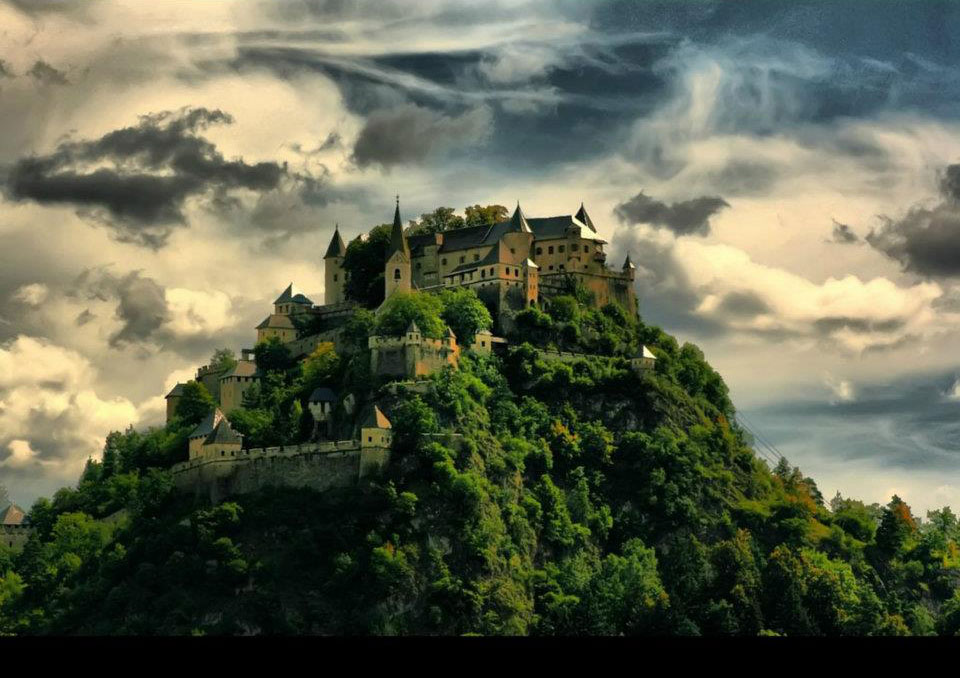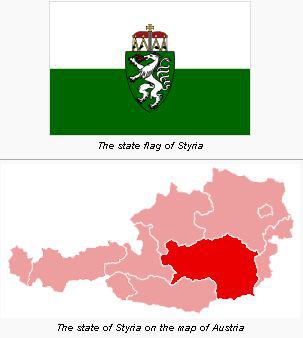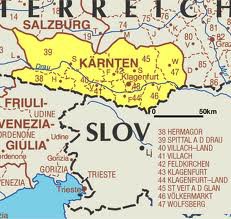|
|
Carmilla von Karnstein: What's in a Name?
I began my research by looking for the Karnsteins: If a family bearing that name did exist, one could learn so much from who they were, where they were from, what they did and what they believed in. And by guessing at why Le Fanu chose that name and/or that family, more could be understood of his thought process. It wasn't long before I hit a wall, however –– my search engine was turning up only B-movies and gothchicks. In desperation, I turned to the Austrian Telefonbuch, where I found Kärnten, the region southwest of Styria, where Le Fanu's narrative takes place. Laura, the narrator of Carmilla, drops a hint as to the location of the Karnstein estate in relation to her father’s schloss, which is in Styria:
Then again, after meeting Carmilla:
Next, Wikipedia provided a handy etymology. Two roots for Carantania, from which the German Kärnten derives, have been proposed: One is from the pre-Indo-European root "karra," meaning "rock"; the other, from the Celtic "karantos," meaning "friend" or "ally." It is worth noting that Le Fanu gave his narrator Laura a tribal affiliation with the Karnsteins –– Laura's mother was a descendant of the noble family. Robert Tracy, in his introduction to the Oxford Press edition of In a Glass Darkly (1999), compares Carmilla to the Irish Banshee, "a family ghost."
Adding to the suggestions of earth and blood kinship, Le Fanu must have liked the predatory sound of "Karn-." Also by turning the "-ten" ending to "-stein," he emphasized the possible meaning of "rock" or a "foundation stone." This also connects back to the vampire's attachment to the soil and land. And now I have discovered that Carmilla’s first name could be a variation of Carmela, from carmel, Hebrew for "orchard" or "garden." [1] Sheridan Le Fanu, In a Glass Darkly, Robert Tracy, ed., Oxford World Classics, 1999, xxii
I would also like to thank the following individuals and organizations for their support: |






